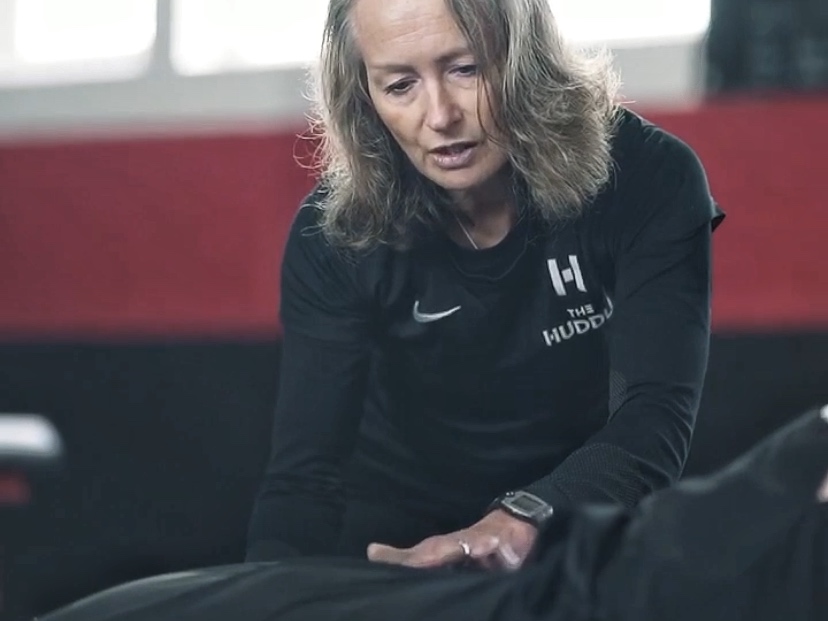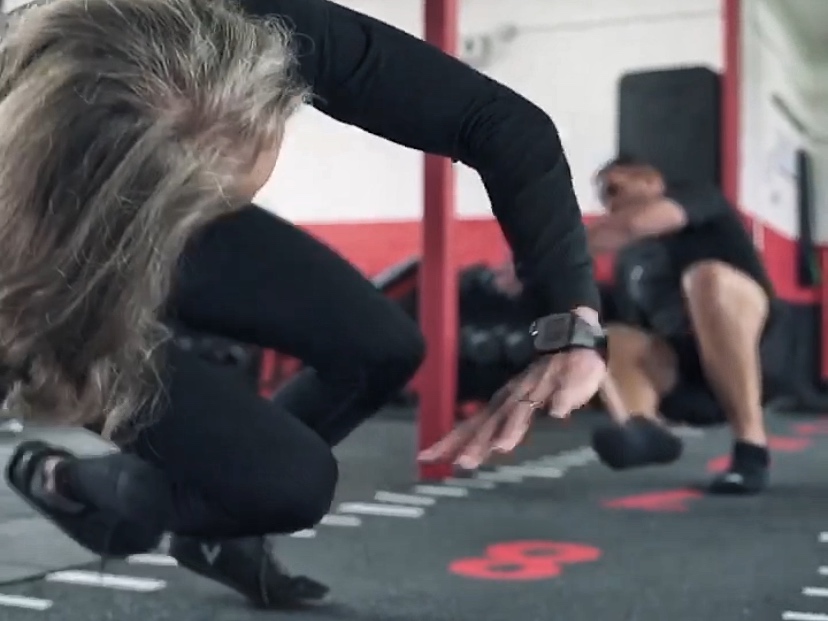
Somatic Movement Practice
Somatics is the missing link in movement education and healthcare. The technique used to restore voluntary sensory and motor control of muscles is pandiculation rather than stretching. It is a gentle practice which releases blocks and tension in the muscles caused by trauma, injuries or repetitive postural habits. It teaches you to get out of pain or restrictive movement.
History
Thomas Hannah defined Somatics as the study of dealing with the body experience from within (the soma).
The emphasis is on a series of very gentle, easy self-care exercises. That will improve balance, co-ordination, flexibility. Daily repetition creates improved self-awareness / self-monitoring. Somatic exercise changes your muscular system by changing your central nervous system. It is important to remember this – otherwise the effectiveness of the exercises are diminished.
Somatic movements/exercises are not painful. These are normal movement patterns of the musculoskeletal system. People already suffering from sensory motor amnesia, especially those with severely contracted lower back muscles will sometimes feel soreness when these muscles first begin to lengthen. Once the muscles lengthen the soreness will disappear.
Proprioception Awareness When we turn our conscious attention inward and focus on the sensations of proprioception (muscle/joint feedback). The background of a movement and the quality of that movement begins to improve. The sensory motor system is re –educated to improve the communication between our brain and our muscles.
Many conditions deemed to be structural and pathological in nature are in actuality functional in nature. There are connections between dysfunctional movement patterns and anxiety. A combined practice of movement and neurophysiology teaches people to reverse the chronic and habituated effects of stress on their muscular system and movement.
Why not stretch?

The stretch reflex is a primal response by the body. When it receives a stimulus to stretch a muscle – an impulse is rapidly sent to the spinal cord – to contract the muscle against the stretch. This reflex is meant to prevent the muscle from being pulled forcefully or taken beyond its normal range.
The impulse only travels to the spinal cord and back to the muscle spindle. Not all the way to the brain.
The stretch reflex is very important in posture. It helps to maintain proper posturing. A slight lean to either side causes a stretch in the spinal, hip and leg muscles to the other side, this is quickly countered. The constant process of adjusting and maintaining is constantly under push and pull forces – this is your proprioception – your body trying to find homeostasis (balance). When we attempt to stretch a muscle that is in a state of sensory motor amnesia (locked, painful, restricted), we activate the stretch reflex actually causing the muscle to tighten more. What we need instead is contraction, controlled and complete release. We learn to reset the muscle length. Improve motor function through the use of pandiculation. Stimulating the brain and the nervous system to release chronic muscle spasms.
Functional Integration – Your Practitioner is your 3rd person. This where your practitioner helps. It is a hands on approach to provide sensory information during the movement – for you to notice how you are doing the movement. It brings greater awareness of unconscious movement patterns to the learner. Developing a method of somatic education that gives you the learner, the sensory feedback of “kinetic mirroring” and it is more effective to ‘go with another person’s resistance’ rather than go against it. If I help you to do the work of the muscle by taking you in that direction, the muscle ceases to do is own work and then relaxes so that it can sense what zero tension, or switched off feels like. We can then re-educate the movement pathway.
The body doesn’t care about healthy, it is more concerned with normal. Sometimes we need a third person perspective to override our first person perspective and stop us from going directly into our old habits. The 3rd person can guide you to what they see that you don’t sense, so that any meaningful changes take place at the level of the nervous system.
When you do somatic movements
- Your primary task is to focus attention on the internal sensation of movement.
- Movement patterns highlight areas of the body most commonly affected by Sensory Motor Amnesia, which is the cause of chronic pain and restricted movement. We loosen the body from constricted muscles.
- We concentrate on developing a careful sensory awareness as a direct way to maintain control over them. Moving slowly to give your brain a chance to notice all that is happening.
- The slower you move the more you perceive. Move gently with the least possible effort.
- When you experience excessive effort and strain, you brain is cluttered by sensory feedback that is irrelevant to what you are relearning to control. Better to feel you are doing too little.
- What do you notice – do you need to go smaller. Plan the movement first then do it. See if it does what you planned it to do.
- Do not force any movement – maintain sensitivity and control. No amount of force and effort will release the involuntary contraction in your body. Pushing against your muscles always fails to release the hold of SMA.
- Attempt to voluntarily force a muscle and you will cause an equal and opposite resistance of the muscle. It will contract even tighter to the point of spasm.
- Trying to force the muscles to straighten the posture or change the structure doesn’t work. As the muscles involved will spring back to the habitual place (your default). Instead, focus on how you move unconsciously or consciously in and out of a movement pattern – function dictates structure.
If you find yourself getting stuck or losing the pattern. Break down the movement into its component parts – move slowly and notice or sense how those parts move. Then build them back together for a couple of times.
Each person is responsible for their own wellbeing. Things happen in life and you react physically and emotionally. You have the ability to choose – self-sense and self-monitor and re-educate. We have movement patterns and behavioural pattern. You can’t unlearn a pattern, once it is there, but you can learn new patterns to override and fade out the old ones.
ADD COMMENT
You must be logged in to post a comment.

